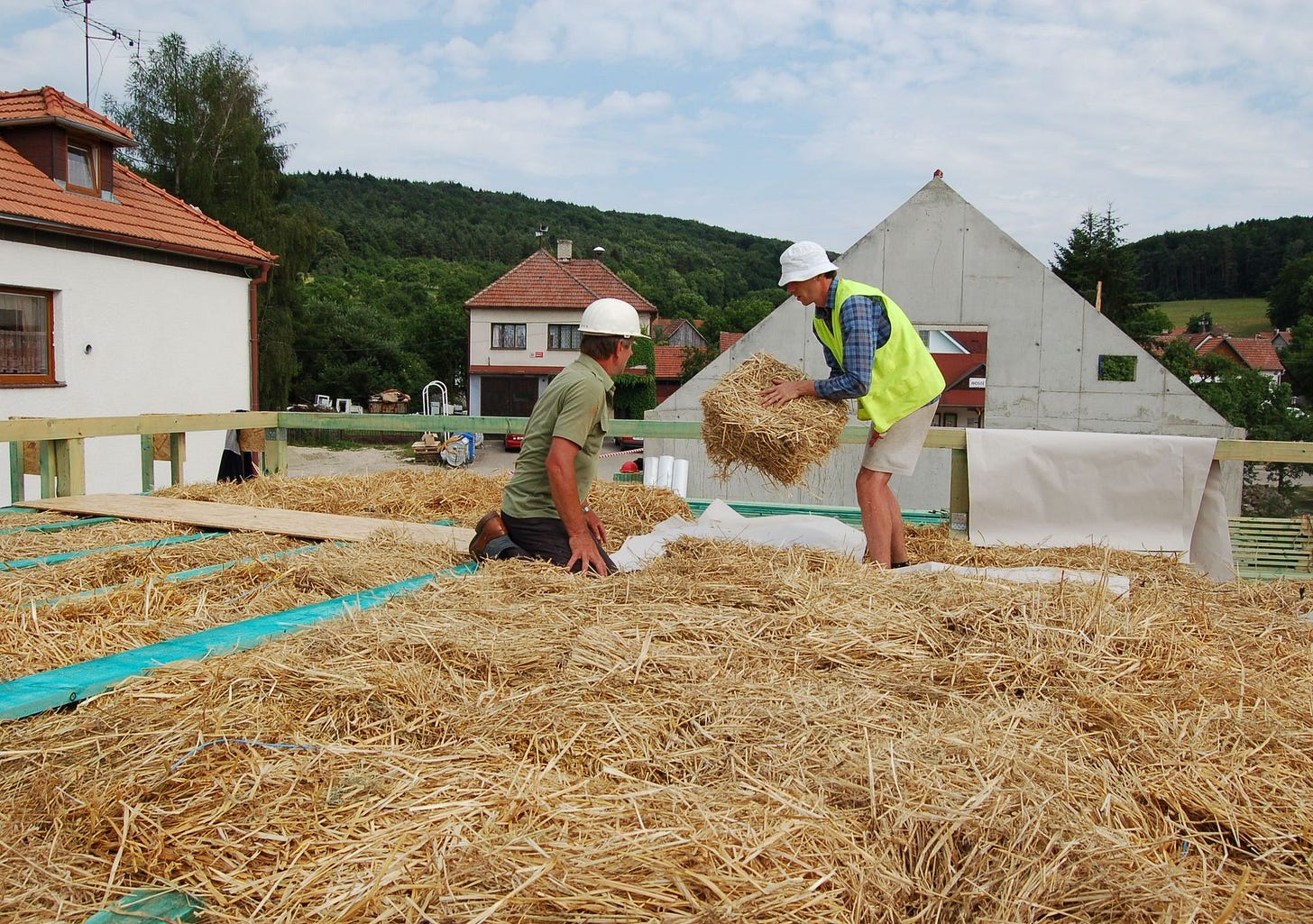Quick insight: nature insulating us from energy inefficiency
Or natural materials can make effective insulation, but we need to understand the objective
The built environment, encompassing residential and commercial buildings, communal areas such as parks, and supporting infrastructure such as energy networks, mobility, and water supply, is an important sustainability theme. It is also an integral part of societal existence and a major resource consumption problem (40% of global raw materials), plus a decarbonisation problem (40% of energy-related GHG emissions). Investor’s, government’s, business’s and consumer’s need to give it more attention.
There are two ways to think about the energy our built environment consumes. The way is the one that gets the most attention - where the energy comes from. Is it renewables or is it from fossil fuels?
And while this is important, it misses an important point - the cheapest and greenest energy is the one you don't use.
Reducing the need to actively heat or cool a building reduces the demand for energy. And better insulation can play a big part. However, conventional synthetic insulation materials are often derived from petrochemicals and thus have high embodied carbon as well as end-of-life disposal issues.
One alternate way of keeping our homes and offices at an appropriate temperature is the use of natural materials such as straw bales, cellulose, cork, wood fibre, cultivated plant fibres such as flax and hemp, recycled cotton, sheep's wool and even seaweed. These all have tradeoffs, around where they are sourced from, their cost, effectiveness and even aesthetics.
Insulation is often seen as a bit boring - being all about building regulations and rules, about R and U values. Something that only builders and architects really care about. But it shouldn’t be this way. Ensuring that our new buildings are well insulated, and retrofitting good insulation into our existing homes, reduces the need for more energy to be produced. And it normally makes financial sense. And if, we can do it with natural materials, we get a double win, warmer homes and less fossil fuel usage.
You can read more on this topic in a blog for The Sustainable Investor …
If cheaper energy through using less is not a good investment them, I don’t know what is.


